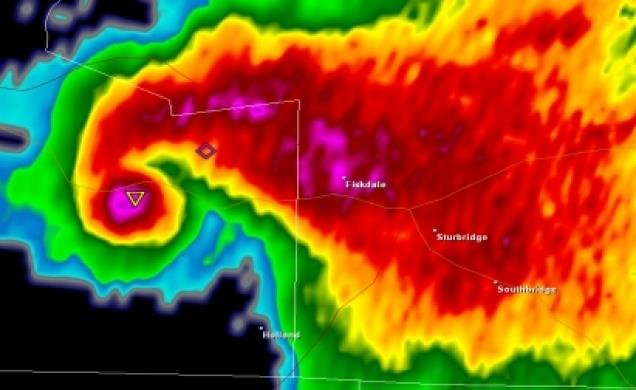-
Posts
77,919 -
Joined
-
Last visited
Content Type
Profiles
Blogs
Forums
American Weather
Media Demo
Store
Gallery
Everything posted by weatherwiz
-
It would be so much work (though having programming knowledge in like Python it would probably be super easy). That def seems like a period of interest.
-
Regarding the PNA, this is why I so badly want to breakdown these indices on a weekly to biweekly level instead of just having a monthly or seasonal average. I truly believe that having this breakdown will provide so much more insight and guidance into pattern evolution and be a huge asset for medium-to-long range forecasting. By having weekly/bi-weekly averaged values you can make plots and really visualize the short-term changes. When we make our composites and correlations and are tied into the monthly averaged values, and are comparing say snowfall or temperatures or precipitation, you end up with a large spread in the results which leads to a larger standard deviation. For example, comparing seasonal or monthly snowfall totals to the -NAO/+NAO phase. Now the data averaged out yields a better correlation to above-average snowfall with a -NAO and below-average with +NAO. but when you list snowfall totals for each +/- NAO season, there will be a large spread. I think breaking this stuff down into smaller time-scales will eliminate some of this spread.
-
I'm starting to become a firm believer in the idea that if you've become established in a long-term global regime, it is very difficult to break that regime until the entire system is "flushed". We established Nina two years ago, and even know we had the El Nino in 2018-2019 that was coming off another Nina dominated regime. Anyways, what we established globally during the 2020 year has not really changed much. Are there subtle differences within teleconnections and indices, sure, but the main theme is the same. I think if we had a wild winter in 2020-2021 we would have repeated that last winter and this winter. Everytime things look favorable in the medium-to-long range, we end up seeing the overall modeled structure shift west. This happened last week and I'm kind of kicking myself. The 7-10 days prior I was harping up potential on the East Coast but in the back of my mind I had concerns we would eventually see a major shift west. The boom...last weekend that shift started and it was a sizable shift. I think the issue for this was where the airmass source was entering the country from. Models don't handle this well when the source air enters in the vicinity of the Rocky Mountains. We will see the pattern change again moving towards mid-January, however, I would be willing to bet it's going to be the same areas impacted again...and it's the same areas that were impacted in these changes last winter and the winter before.
-
I'm starting to doubt whether we will get there in January. I think we need to see substantial changes even west of the Pacific...like across Russia/Asia. We continue to see extremely strong jet extensions from that continent through the Pacific with significant wave breaking occurring across the eastern Pacific and across the west coast. IMO, I think we are actually going to need stronger support for the Arctic and get blocking to become more favorable. Everytime we seem to get a favorable pattern we keep getting weaknesses and see crap cut to our west. I could be totally wrong on this, but the past few years (including this year) it seems one big problem is the exit region of the jet off the Asian continent has been displaced farther south. Having this farther north would be a major game changer.
-
Gotcha! That’s what I had been doing too. I was curious if it was worth it making a subset based on strength/structure during the DJF period. Doing this would negate lag but would be curious to see if there are any differences. The biggest challenges though are events which are like borderline with strength. that’s why I also want to look into other ENSO indices to help define too.
-
@40/70 Benchmark when you do your composites and break ENSO events by strength, are you using peak strength of the event or what the strength of the event is during the DJF trimonthly period?
-
Went to Wal mart a like 4:45 and when my girlfriend and I came out just after 6 there was a coating of snow on everything. Was getting pretty icy too. Wind be howling. If the power goes out hopefully it's a little later. I can still watch the Bruins on my laptop and use my phone for hot spot. But if I have to do that for whole game it will cut my laptop battery close.
-
This rain ahead of it might actually cut down wind potential with this line and the front with things stabilizing a bit. If we didn't have this rain to cool the sfc, with the cooling aloft the lapse rates would steepen further. But we'll see what this line brings. LLJ is stronger here and with stronger convective elements we should be able to tap into it pretty easily.






